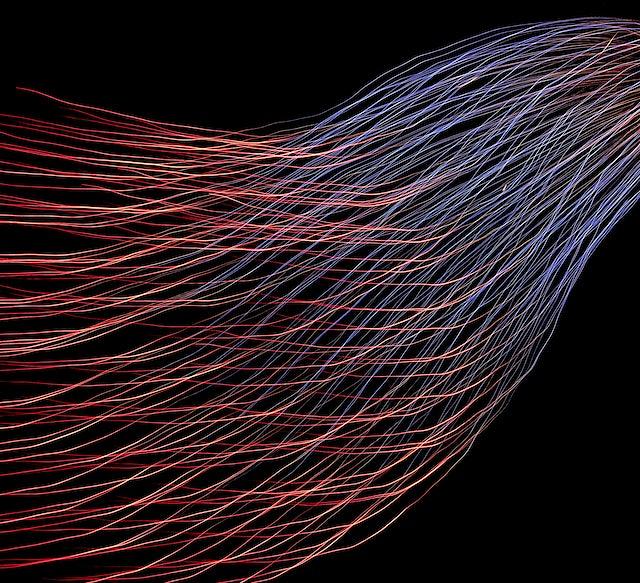-
-
Artificial Intelligence
-
-
-
Lecture I.
-
-
-
-
Challenge your analogy skills
-
3.1 Background » Some early events in AI research
1950 • Alan Turing proposes the "Imitation Game" (now "Turing test") to test a machine's ability to exhibit intelligent behavior, as evidenced by natural language conversations in which a machine partner could not be distinguished from a human partner
1951 • Two functional game-playing AIs created by Christopher Strachey (checkers) and Dietrich Prinz (chess). Subsequently, Arthur Samuel improved game-playing algorithms such that they could learn to play well enough to challenge amateur human opponents.
1956 • Dartmouth Summer Research Project on Artificial Intelligence takes place, organized by John McCarthy, Marvin Minsky, Nathan Rochester and Claude Shannon • "The study is to proceed on the basis of the conjecture that every aspect of learning or any other feature of intelligence can in principle be so precisely described that a machine can be made to simulate it. An attempt will be made to find how to make machines use language, form abstractions and concepts, solve kinds of problems now reserved for humans, and improve themselves."
1957 • Frank Rosenblatt publishes the Perceptron algorithm for supervised learning of binary classifiers, a single-layer precursor to neural networks
1961 • Margaret Masterman proposes a model for semantic message detection in order to incorporate meaning into machine translation algorithms
1963 • Leonard Uhr and Charles Vossler describe one of the first machine learning programs that could adaptively acquire and modify features
1964 • Danny Bobrow shows that computers can understand natural language well enough to solve algebra word problems
1965 • Lotfi Zadeh introduces the theory of fuzzy sets, which provides a framework for modeling logical relations between vague or imprecise statements (as opposed to binary true-false statements)
1965 • Joseph Weizenbaum builds ELIZA, an interactive program that carries on a conversation about any topic, based on pattern matching and substitution but without understanding
1966 • The DENDRAL program interprets chemical mass spectra, becoming the first successful knowledge-based program for scientific reasoning
1966-72 • Shakey the Robot combines robotics, computer vision, and natural language processing to become the first mobile AI that could reason about its own actions
1970 • Seppo Linnainmaa introduces the reverse mode of automatic differentiation that would become used to train artificial neural networks
1975 • A non-linear, heirarchical information structure is introduced by Earl Sacerdoti
1978 • Barbara Grosz begins focus as an essential element of achieving understanding in dialog, as it would be applied to natural language processing
1979 • Jack Myers and Harry Pople develop INTERNIST, a knowledge-based medical diagnosis program
1979 • Hans Berliner's backgammon-playing AI defeats the world champion
1981 • Danny Hillis designs the connection machine, which uses parallel computing, and thus provides computational capacity to meet the demands of machine learning
1986 • Ernst Dickmanns's research group builds the first robot cars

